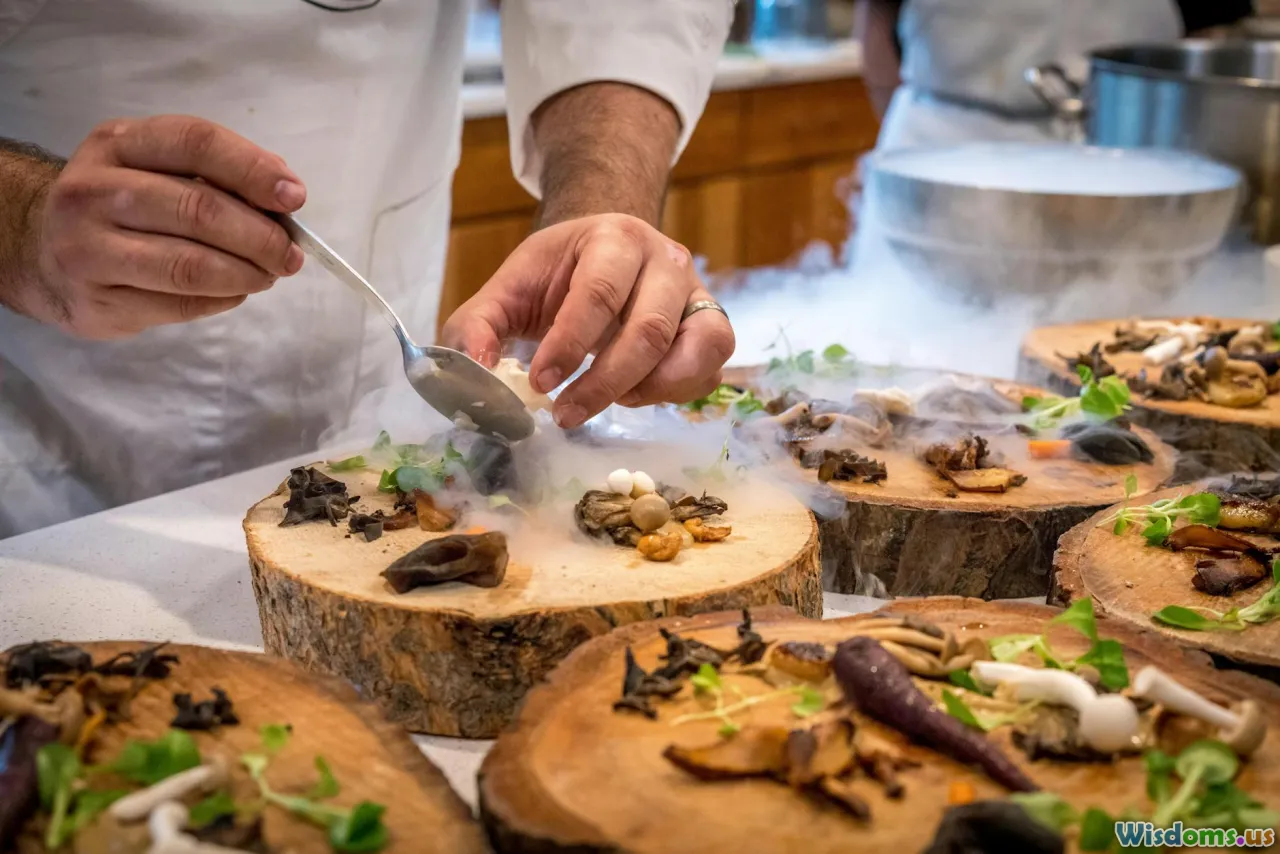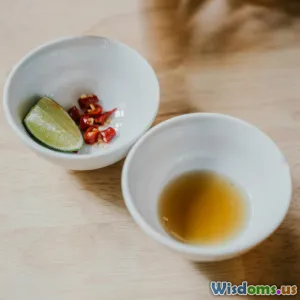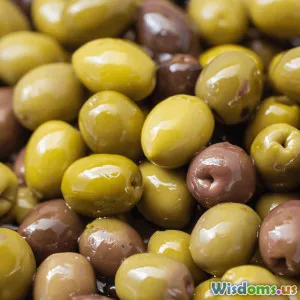
Culinary Creativity: Pairing Flavors
6 min read Unlock the secrets of flavor pairing to elevate your culinary creations and delight your taste buds with innovative combinations. (0 Reviews)
Culinary Creativity: Pairing Flavors
In the world of culinary arts, the magic often lies in the harmonious combination of flavors. Flavor pairing is not merely a matter of tossing ingredients together; it's a thoughtful process that can transform a simple meal into an extraordinary experience. Whether you're a novice cook or a seasoned chef, understanding how to pair flavors can open new doors to your culinary creativity. In this article, we'll explore the principles of flavor pairing, techniques to enhance your dishes, and some unique combinations to inspire your next cooking adventure.
The Science of Flavor Pairing
At its core, flavor pairing is about understanding how different tastes interact with each other. The basic tastes are sweet, sour, salty, bitter, and umami. Each of these tastes can enhance or balance each other when combined thoughtfully. For example, the sweetness of honey can counterbalance the acidity of lemon, creating a delicious vinaigrette.
Flavor Families
One effective way to approach flavor pairing is by categorizing ingredients into flavor families. Here are a few examples:
- Sweet: Fruits, honey, chocolate, and spices like cinnamon.
- Savory: Meats, cheeses, and fermented ingredients like soy sauce.
- Spicy: Chili peppers, black pepper, and horseradish.
- Herbal: Basil, cilantro, mint, and thyme.
- Citrus: Lemons, limes, oranges, and grapefruits.
By recognizing which ingredients belong to each family, you can start to create combination dishes that naturally complement each other.
Techniques for Pairing Flavors
1. Contrast and Balance
One of the most effective techniques is to create contrast. Pairing a sweet ingredient with something salty or bitter can create a delightful balance. For example, a slice of prosciutto wrapped around a fig combines the saltiness of the meat with the sweetness of the fruit.
2. Texture Matters
Don’t just consider taste; think about texture as well. Combining crispy, crunchy elements with creamy or soft ones can enhance the overall enjoyment of a dish. For instance, a crunchy slaw served alongside a creamy coleslaw dressing can add dimension to your meal.
3. Seasonal Pairing
Utilizing seasonal ingredients can also help guide your flavor pairings. Ingredients that are in season often complement each other well. During summer, for example, you might find that tomatoes pair beautifully with fresh basil and mozzarella. In winter, root vegetables, nuts, and hearty greens can create warming dishes.
Unique Flavor Pairing Ideas
To inspire your culinary journey, here are some unique flavor pairings to experiment with:
- Chocolate and Chili: The richness of chocolate combined with the heat of chili creates a complex flavor profile perfect for desserts or sauces.
- Pear and Blue Cheese: The sweetness of ripe pears contrasts beautifully with the sharpness of blue cheese, making it a popular choice for salads.
- Miso and Caramel: Miso adds depth to sweet caramel sauces, which can be drizzled over ice cream or used in savory dishes.
- Balsamic Vinegar and Strawberry: The acidity of balsamic vinegar enhances the sweetness of strawberries, creating a refreshing salad or dessert topping.
Practical Applications
Now that you've got the foundational knowledge of flavor pairing, here are some practical tips to apply it in your kitchen:
- Experiment in Small Batches: Start by experimenting with small quantities of ingredients to see how they interact before committing to a larger dish.
- Keep a Flavor Journal: Document your successful pairings and any that don’t work out. Over time, you’ll develop a personal flavor library.
- Ask for Feedback: Share your creations with friends and family to gather feedback. Different palates can provide valuable insights into your flavor combinations.
Conclusion
Culinary creativity is all about exploring and experimenting with flavors. By understanding the principles of flavor pairing and utilizing techniques like contrast and seasonal ingredients, you can elevate your cooking to new heights. Remember, the kitchen is a place for innovation, so don't be afraid to think outside the box. Embrace the adventure of flavor pairing, and soon you will find that your dishes not only taste good but also tell a story of culinary creativity.
Happy cooking!
Rate the Post
User Reviews
Popular Posts





















